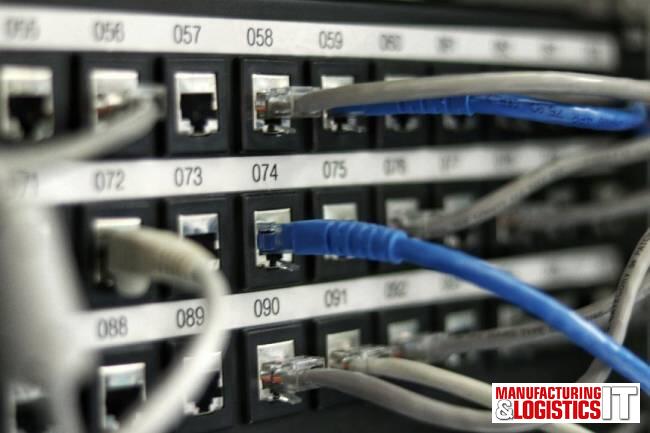The digital age has bought rapid technology innovation, yet many businesses have struggled to modernise their IT infrastructure. This lag can hinder growth, stifle innovation, and impact the bottom line. Recent research conducted by Manhattan Associates highlights this gap and sets out practical steps for companies looking to improve and adapt to get ahead of the competition.
Why IT infrastructure matters
Warehouses are often seen as little more than physical spaces, but this often overlooks the strategic position they occupy when it comes to managing complex processes effectively. A modern warehouse relies heavily on sophisticated software and hardware systems to manage inventory, track shipments, automate tasks and analyse data.
Without a robust IT infrastructure, these processes become cumbersome, error-prone and unsustainable in today’s fast-paced, consumer-driven business environment. And, according to Manhattan’s ‘State of Warehouse Operations report, out-of-date IT hardware ranked as the top challenge for warehouse operations.
The pitfalls of ignoring IT modernisation
Failing to modernise a warehouse’s IT infrastructure can severely hinder its ability to thrive in increasingly dynamic markets. Outdated systems lead to inefficiencies, increased costs and difficulties in scaling operations to meet growing demands. Furthermore, legacy systems can present significant security risks as software comes to the end of its life and patching options eventually cease, leaving valuable data more vulnerable to breaches and the knock-on effect this can have to reputational damage.
Ultimately, neglecting IT modernisation renders businesses inflexible and unable to adapt to evolving market and consumer trends, embrace new technologies (such as GenAI) or navigate disruptions to supply chain networks.
The case for modern IT infrastructure in warehouses
With 79% of businesses acknowledging the need for complete or extensive IT modernisation in warehouses, there is a clear and present need for immediate action. Leveraging the right technology platform and partner network can create a hyper-connected, data-driven technology ecosystem that optimises every aspect of warehouse operations: from real-time inventory tracking to data analytics that minimise stockouts and wasted space.
Seamless communication between unified systems ensures efficient order fulfilment and on-time deliveries, and enhanced customer satisfaction to name but two benefits. Furthermore, integrating robotics and automation optimises workflows, freeing up human workers for more complex tasks. In addition, the data captured empowers managers to make informed decisions, identify bottlenecks and adapt to changing demands swiftly.
Where to start when it comes to modernisation?
Modernising warehouse IT infrastructure can appear daunting and risky at first glance, but it needn’t be. By strategically assessing current IT infrastructure, leaders can identify immediate optimisation opportunities and lay the groundwork for a longer-term, overall digital transformation strategy. Cloud-based, composable solutions offer unmatched scalability and cost-efficiency, while technologies like robotics and AGVs can streamline the more manual processes to deliver maximum efficiency gains.
As Henri Seroux, Senior Vice President, EMEA at Manhattan Associates, points out,
“Warehouses are at the heart of a unified supply chain. Tackling the challenges highlighted in our report is key to the long-term competitiveness and success of companies. Modernising the IT infrastructure that underpins warehouses is not merely about upgrading one system here, one system there: it’s a strategic investment in the future of your business. Choosing the right partner with the most mature solutions, tech vision and experienced team is the key to ongoing success.”



